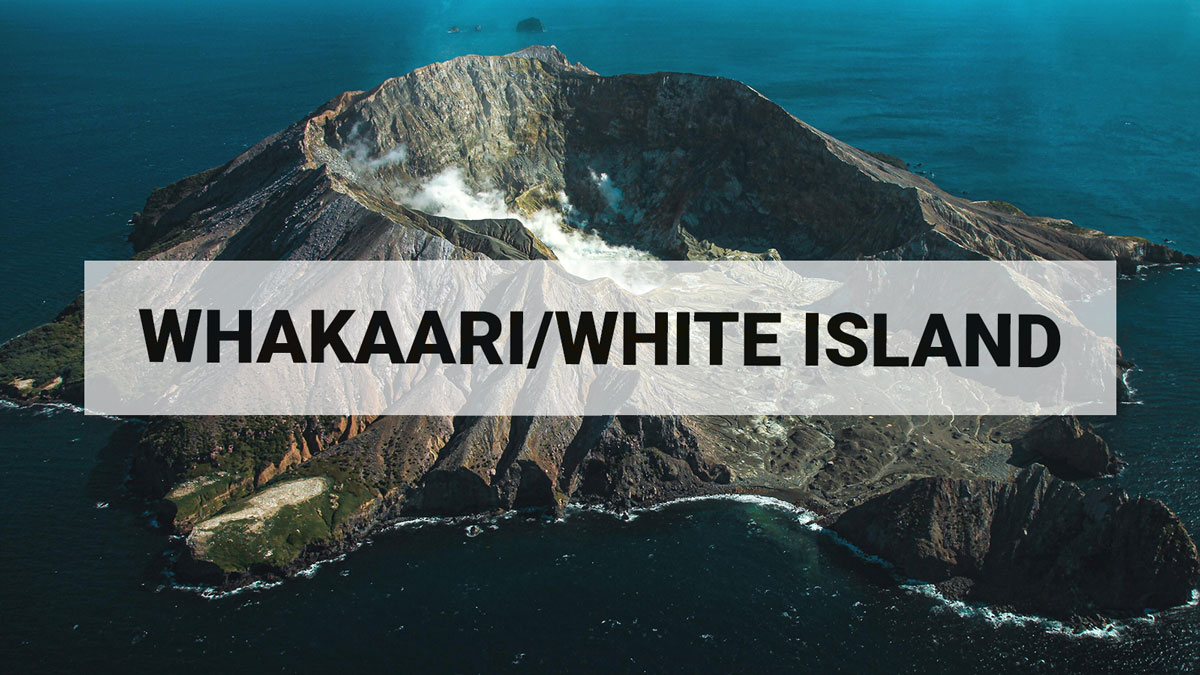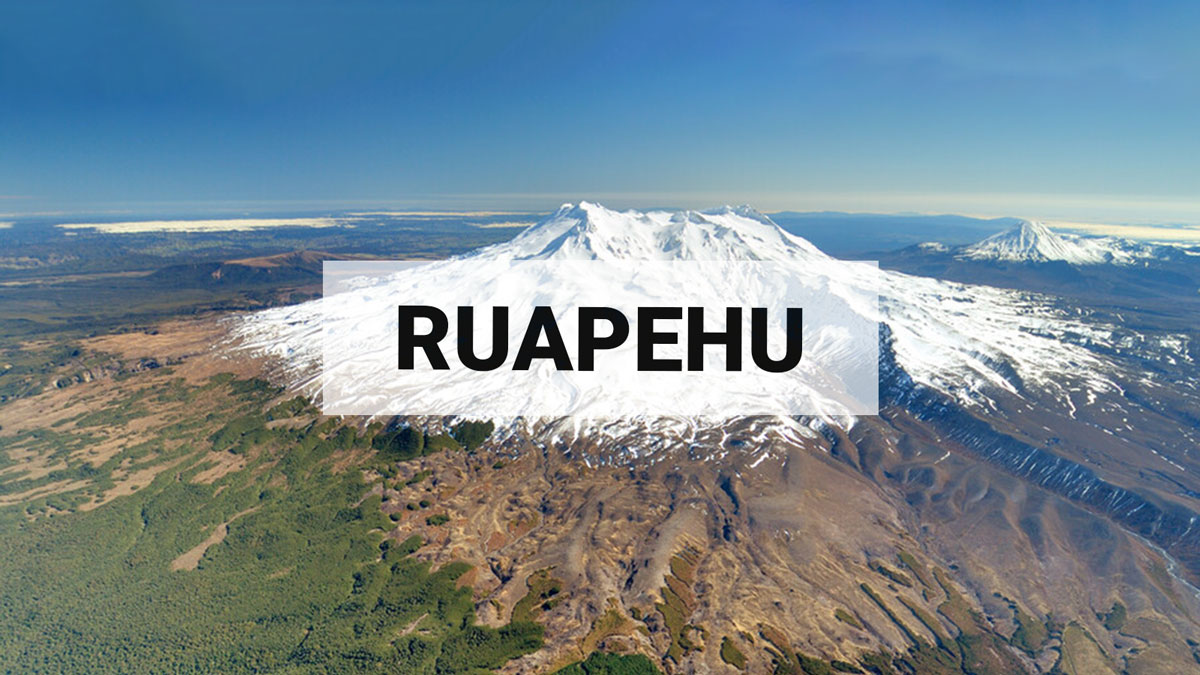Volcanic Activity Bulletins
Volcano Activity Bulletins (VABs) are New Zealand's official source of volcano status information including the current Volcanic Alert Level (VAL).
They are issued on an as needed basis summarising the volcano status and recent events.
They can indicate if activity is increasing, decreasing, or in a steady state. They may contain forecasts, highlight developing, or expected problems.
If you’d like to be notified as soon as we issue a new bulletin, our social media channels and the GeoNet app will keep you up-to-date.
More frequent ash emissions and occasional explosive activity at Whakaari/White Island suggest a general increase in activity. Volcanic Alert Level raised to Level 3 and Aviation Colour Code remains at Orange.
Over the past few months, volcanic ash has been identified more frequently in the Whakaari/White Island steam and gas plume. Evidence of intermittent explosive activity has also been observed during recent observation and gas flights. This gradual increase in volcanic activity leads us to raise the Volcanic Alert Level to Level 3 whereas the Aviation Colour Code remains at Orange.
Steam and gas plumes with minor presence of volcanic ash continue to be observed, along with evidence of occasional, more explosive activity. Volcanic Alert Level remains at 2 and Aviation Colour Code remains at Orange.
Variable semi continuous steam and gas plumes with minor presence of volcanic ash continue to be observed at Whakaari / White Island. Some evidence on the crater floor of recent, intermittent explosive activity was also observed during a recent monitoring flight. The Volcanic Alert Level remains at 2 and the Aviation Colour Code remains at Orange.
Minor volcanic unrest continues at Mt Ruapehu. Volcanic Alert Level remains at 1.
Ruapehu’s Crater Lake remains at 20°C with a steady heat flux and low but continuous sulphur dioxide emissions. The Volcanic Alert Level remains at 1 and the Aviation Colour Code at Green.
Small ash emissions and large steam plumes observed at Whakaari. Volcanic Alert Level remains at 2 and Aviation Colour Code changes to Orange.
Variable steam, gas and ash emissions observed at Whakaari / White Island. The Volcanic Alert Level remains at 2 and the Aviation Colour Code is changed to Orange.
No more volcanic ash observed in ongoing steam and gas plumes at Whakaari. Volcanic Alert Level remains at 2 and Aviation Colour Code lowered to Yellow.
Whakaari / White Island continues to passively emit weak-to-moderate steam and gas plumes. No volcanic ash has been observed in the plume recently. The Volcanic Alert Level remains at 2 and the Aviation Colour Code is lowered to Yellow.
Continued steam and gas plumes at Whakaari with minor volcanic ash content. Volcanic Alert Level remains at 2 and Aviation Colour Code remains Orange.
Whakaari / White Island is passively emitting weak-to-moderate steam and gas plumes. Occasionally the activity changes to contain volcanic ash in the plume. The Volcanic Alert Level remains at 2 and the Aviation Colour Code remains Orange.
Steam and gas plumes at Whakaari with minor volcanic ash. Volcanic Alert Level remains at Level 2 and Aviation Colour Code is changed to Orange.
Whakaari/White Island is currently passively emitting a weak-to-moderate steam and gas plume that contains minor volcanic ash. The Volcanic Alert Level remains at Level 2 and the Aviation Colour Code is changed to Orange.
Reduced steam and gas plumes at Whakaari. Volcanic Alert Level remains at Level 2 and Aviation Colour Code is lowered to Yellow.
Whakaari / White Island is continuing to emit steam and gas plumes. No further passive emission of volcanic ash has been observed. The Volcanic Alert Level remains at 2 and the Aviation Colour Code is lowered to Yellow.
Mt Ruapehu Crater Lake starts heating - minor volcanic unrest continues. Volcanic Alert Level remains at 1.
Since mid-October the temperature of Te Wai ā-moe (Ruapehu Crater Lake) has been slowly heating. The current temperature is now around 18-19 °C, from a low of 8 °C in early October. We continue to measure low–moderate volcanic sulphur dioxide (SO₂) gas emissions, and low level of volcanic tremor. An eruption remains unlikely.
Larger steam and gas plumes with intermittent ash emissions at Whakaari. Volcanic Alert Level remains at Level 2 and Aviation Colour Code is raised to Orange.
Whakaari / White Island is currently emitting larger steam and gas plumes. Occasional passive emission of volcanic ash has been observed. The volcano is not actively erupting but the current activity could be leading to a new eruptive episode. The Volcanic Alert Level remains at 2 and the Aviation Colour Code is raised to Orange.


